Project by Daniel Franke & Cedric Kiefer
produced by:
onformative
ChopChop
Documentation:
vimeo.com/38505448
Text: Sandra Moskova
The basic idea of the project is built upon the consideration of creating
a moving sculpture from the recorded motion data of a real person. For
our work we asked a dancer to visualize a musical piece (Kreukeltape by
Machinenfabriek) as closely as possible by movements of her body. She was
recorded by three depth cameras (Kinect), in which the intersection of the
images was later put together to a three-dimensional volume (3d point cloud),
so we were able to use the collected data throughout the further process.
The three-dimensional image allowed us a completely free handling of the
digital camera, without limitations of the perspective. The camera also reacts
to the sound and supports the physical imitation of the musical piece by the
performer. She moves to a noise field, where a simple modification of the
random seed can consistently create new versions of the video, each offering
a different composition of the recorded performance. The multi-dimensionality
of the sound sculpture is already contained in every movement of the dancer,
as the camera footage allows any imaginable perspective.
The body – constant and indefinite at the same time – “bursts” the space
already with its mere physicality, creating a first distinction between the self
and its environment. Only the body movements create a reference to the
otherwise invisible space, much like the dots bounce on the ground to give it
a physical dimension. Thus, the sound-dance constellation in the video does
not only simulate a purely virtual space. The complex dynamics of the body
movements is also strongly self-referential. With the complex quasi-static,
inconsistent forms the body is “painting”, a new reality space emerges whose
simulated aesthetics goes far beyond numerical codes.
Similar to painting, a single point appears to be still very abstract, but the
more points are connected to each other, the more complex and concrete
the image seems. The more perfect and complex the “alternative worlds” we
project (Vilém Flusser) and the closer together their point elements, the more
tangible they become. A digital body, consisting of 22 000 points, thus seems
so real that it comes to life again.
nominated for the for the MuVi Award:
kurzfilmtage.de/en/competitions/muvi-award/selection.html
see video in full quallity:
daniel-franke.com/unnamed_soundsculpture.mov
HQ Stills
flickr.com/photos/37752604@N05/sets/72157629203600952/
produced by:
onformative
ChopChop
Documentation:
vimeo.com/38505448
Text: Sandra Moskova
The basic idea of the project is built upon the consideration of creating
a moving sculpture from the recorded motion data of a real person. For
our work we asked a dancer to visualize a musical piece (Kreukeltape by
Machinenfabriek) as closely as possible by movements of her body. She was
recorded by three depth cameras (Kinect), in which the intersection of the
images was later put together to a three-dimensional volume (3d point cloud),
so we were able to use the collected data throughout the further process.
The three-dimensional image allowed us a completely free handling of the
digital camera, without limitations of the perspective. The camera also reacts
to the sound and supports the physical imitation of the musical piece by the
performer. She moves to a noise field, where a simple modification of the
random seed can consistently create new versions of the video, each offering
a different composition of the recorded performance. The multi-dimensionality
of the sound sculpture is already contained in every movement of the dancer,
as the camera footage allows any imaginable perspective.
The body – constant and indefinite at the same time – “bursts” the space
already with its mere physicality, creating a first distinction between the self
and its environment. Only the body movements create a reference to the
otherwise invisible space, much like the dots bounce on the ground to give it
a physical dimension. Thus, the sound-dance constellation in the video does
not only simulate a purely virtual space. The complex dynamics of the body
movements is also strongly self-referential. With the complex quasi-static,
inconsistent forms the body is “painting”, a new reality space emerges whose
simulated aesthetics goes far beyond numerical codes.
Similar to painting, a single point appears to be still very abstract, but the
more points are connected to each other, the more complex and concrete
the image seems. The more perfect and complex the “alternative worlds” we
project (Vilém Flusser) and the closer together their point elements, the more
tangible they become. A digital body, consisting of 22 000 points, thus seems
so real that it comes to life again.
nominated for the for the MuVi Award:
kurzfilmtage.de/en/competitions/muvi-award/selection.html
see video in full quallity:
daniel-franke.com/unnamed_soundsculpture.mov
HQ Stills
flickr.com/photos/37752604@N05/sets/72157629203600952/
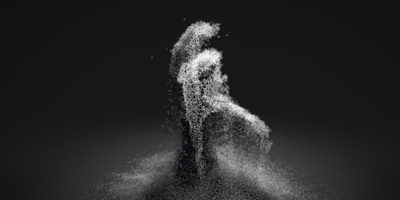
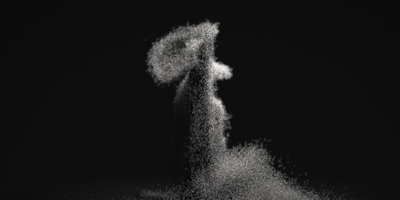

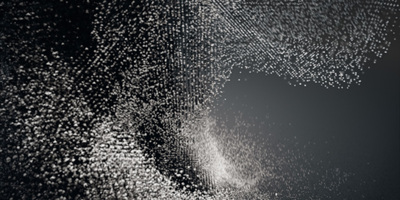
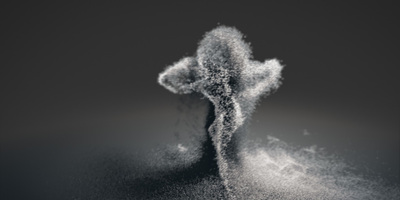
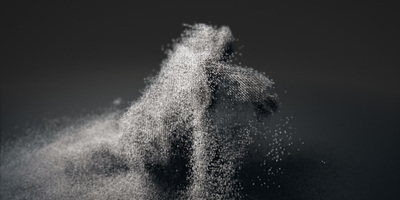
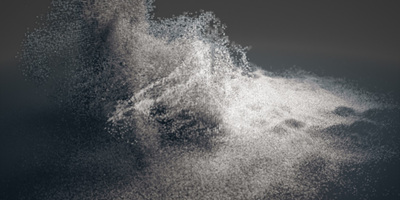
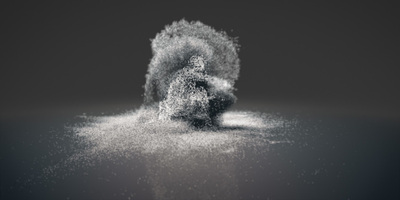
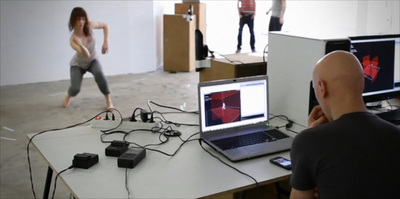
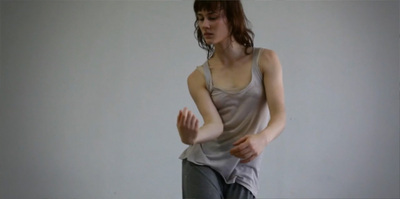
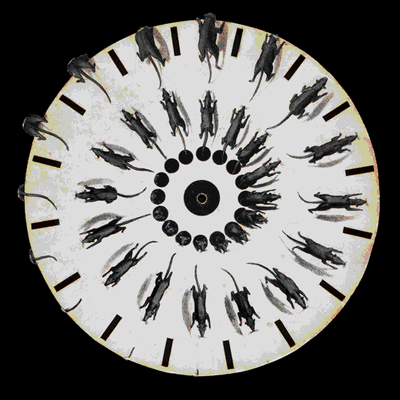
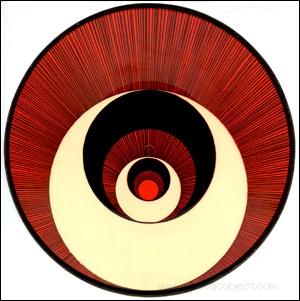
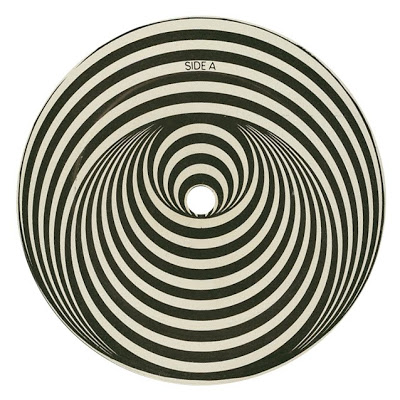
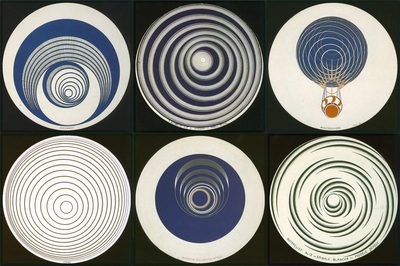
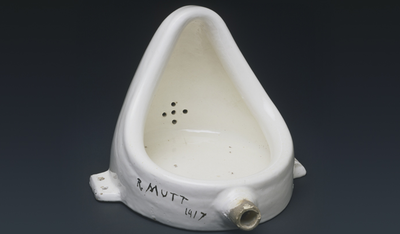
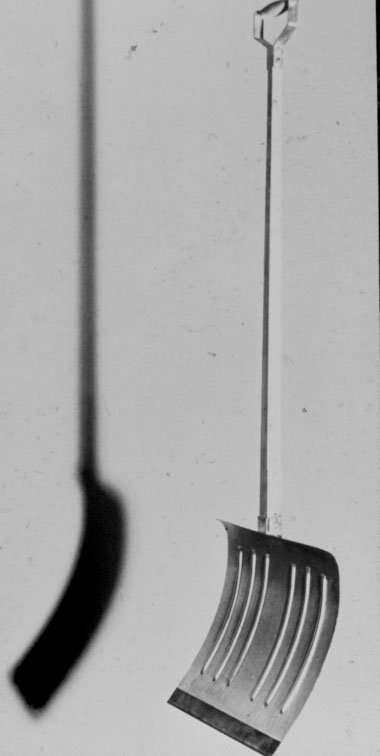
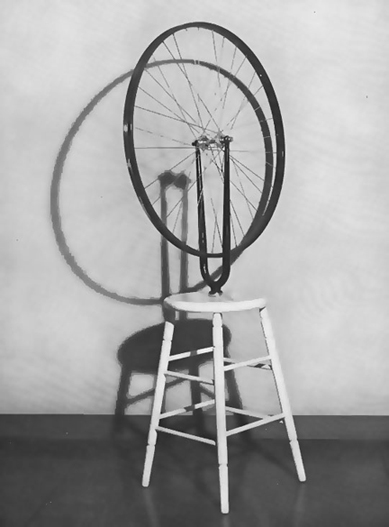
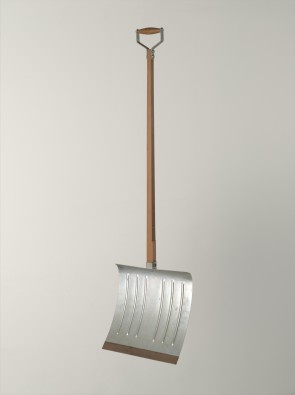
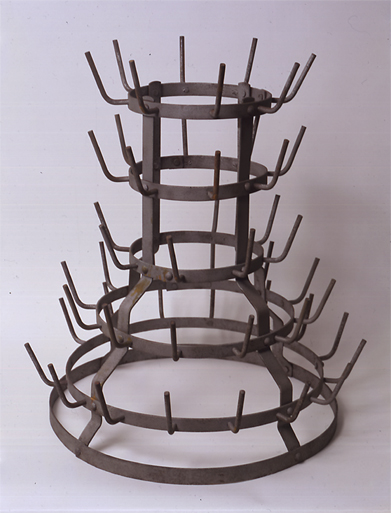
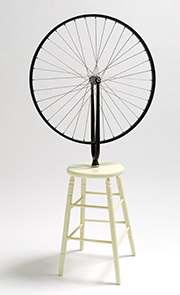
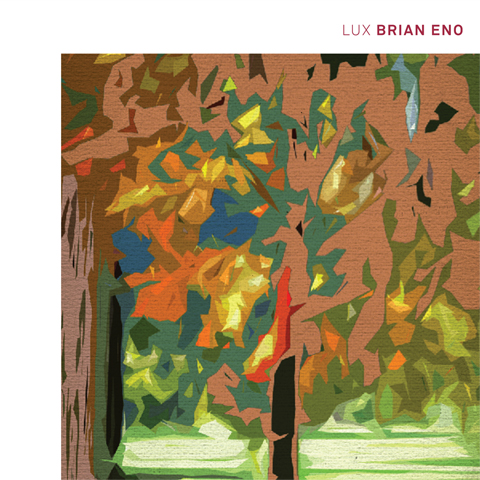
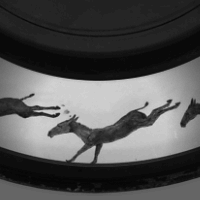
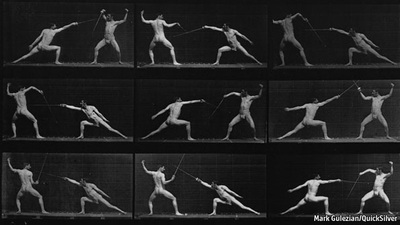
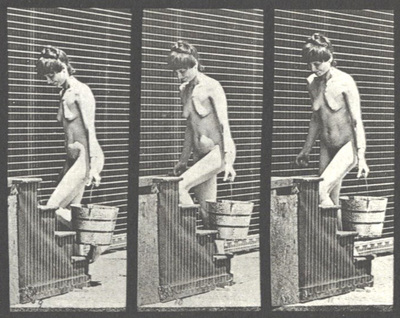
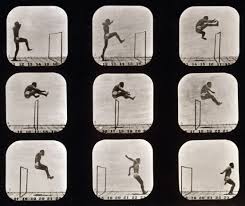
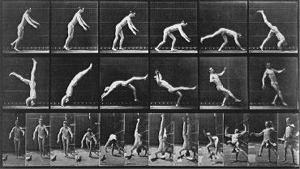
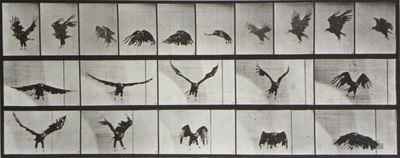
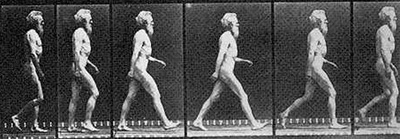
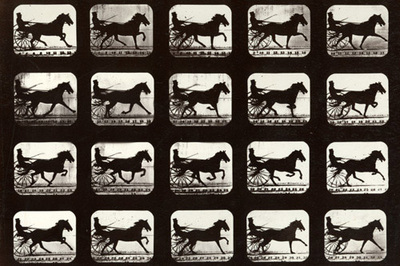
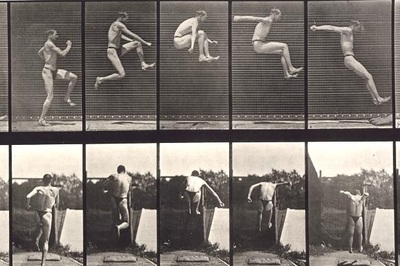
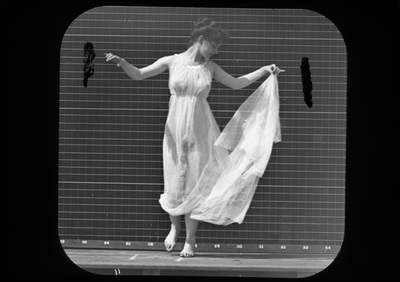
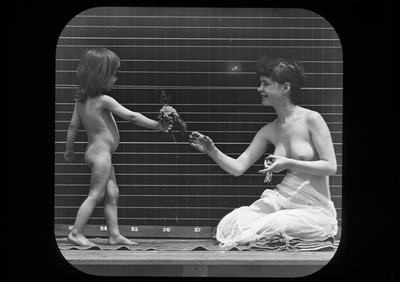
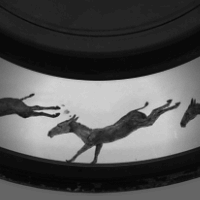
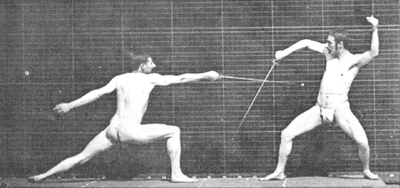
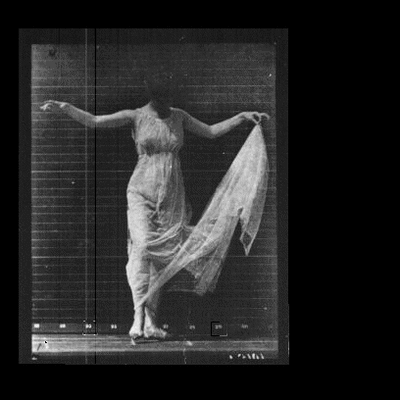
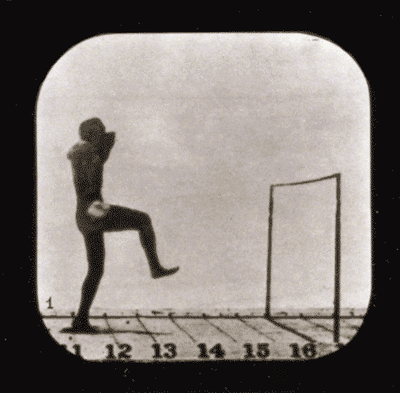
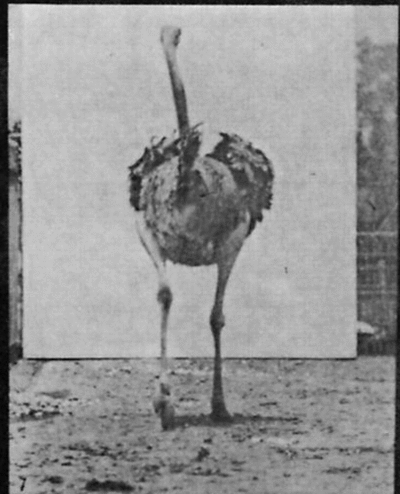
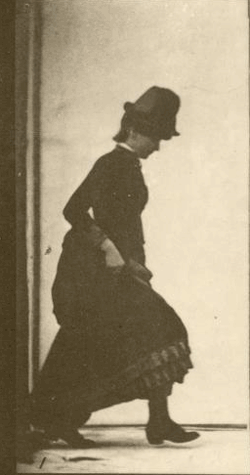
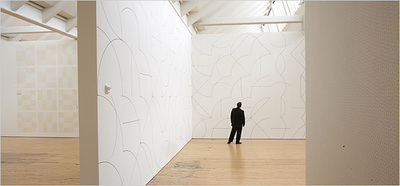
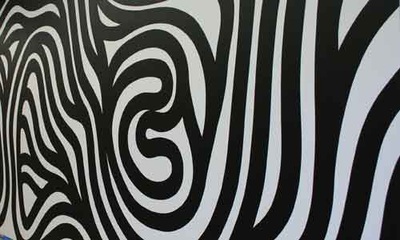
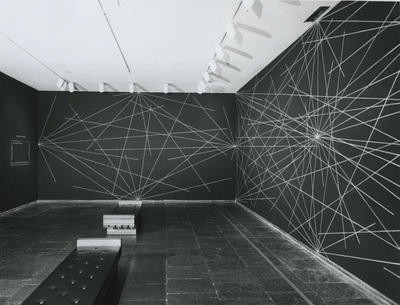
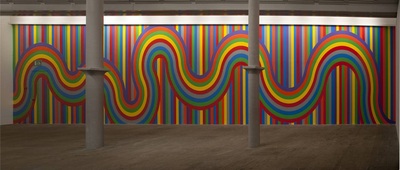
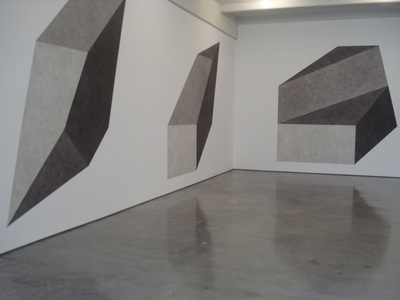
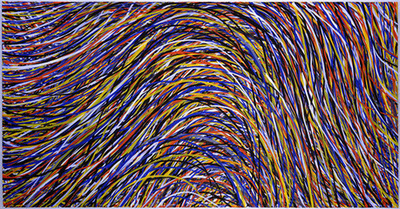
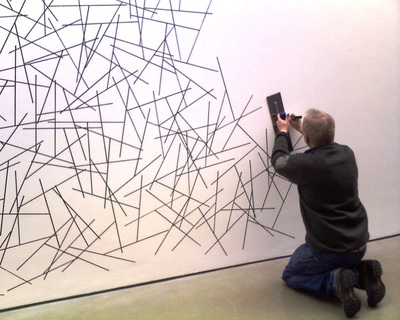
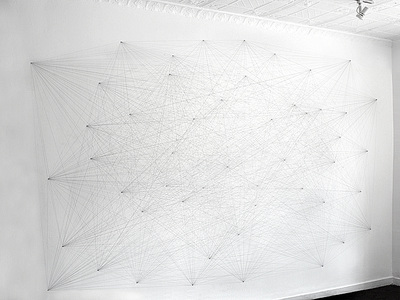
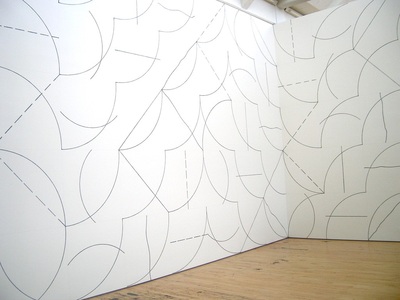
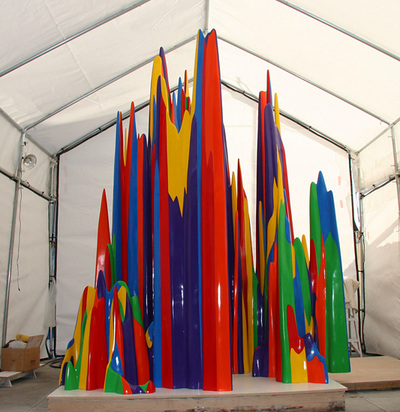
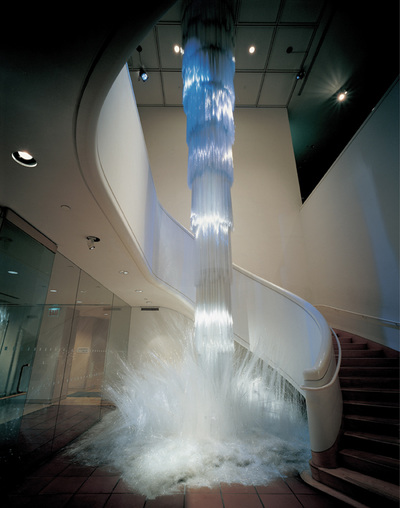
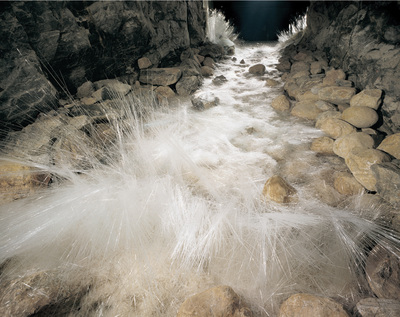
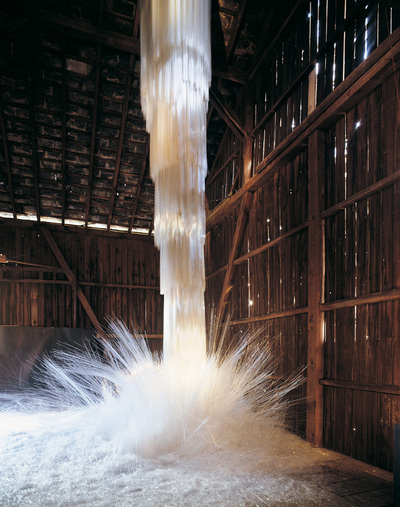
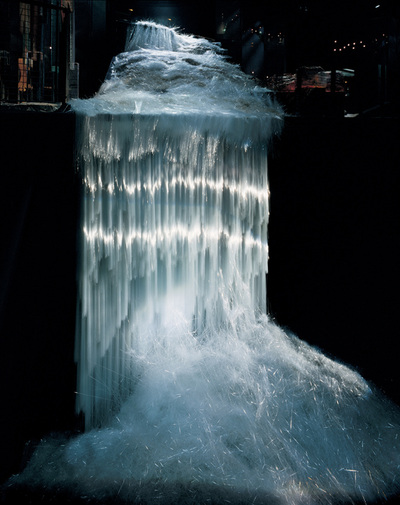
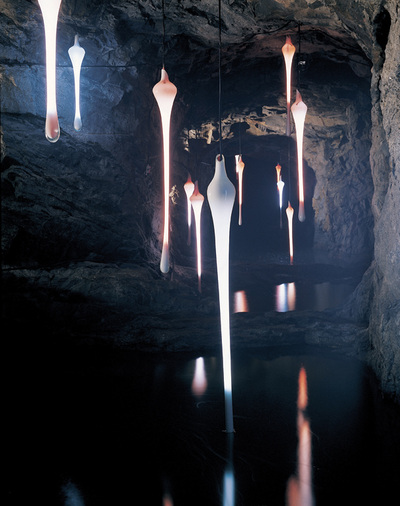
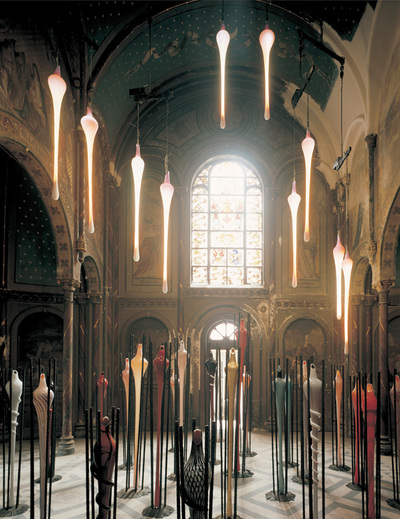
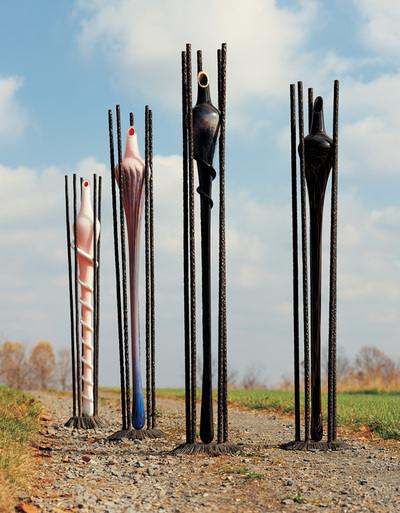
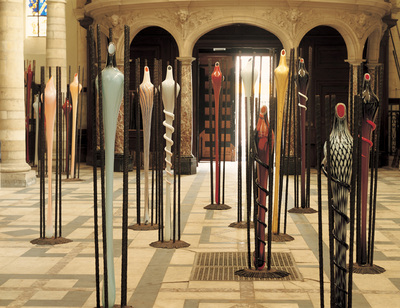

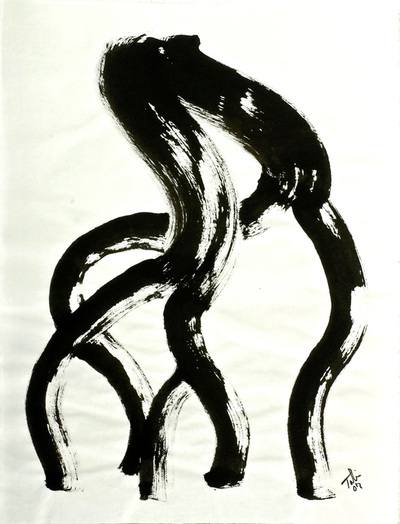
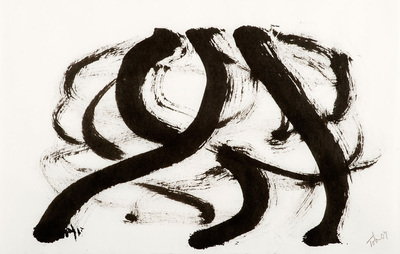
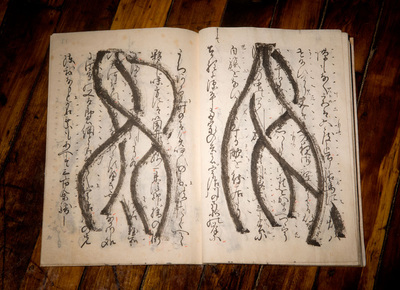
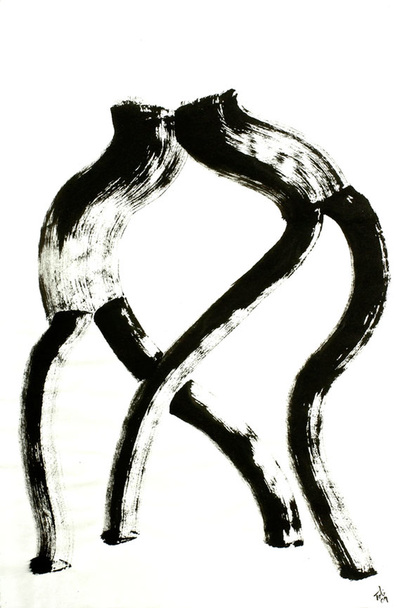
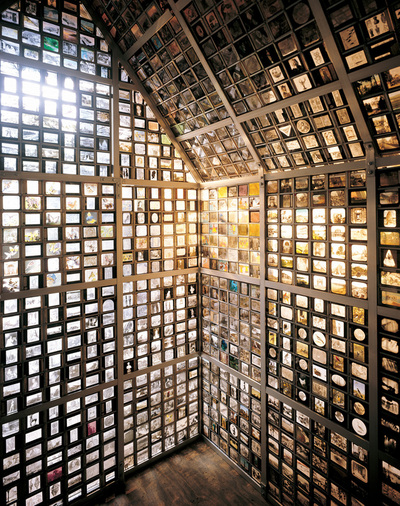
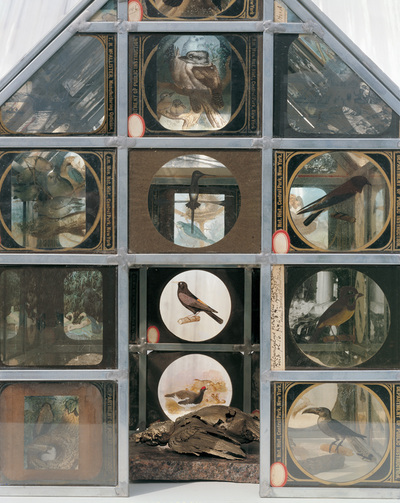
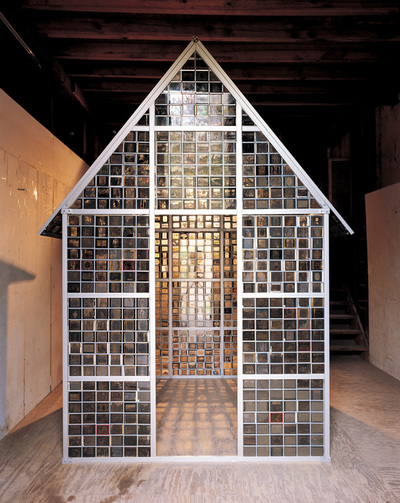
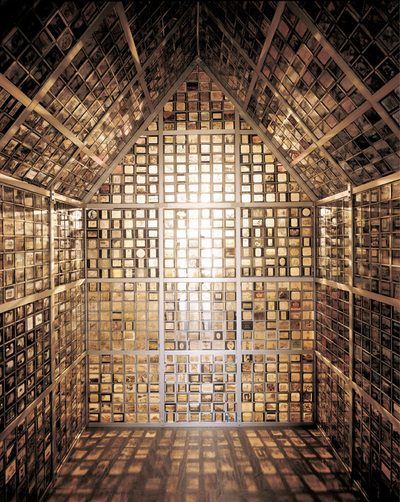
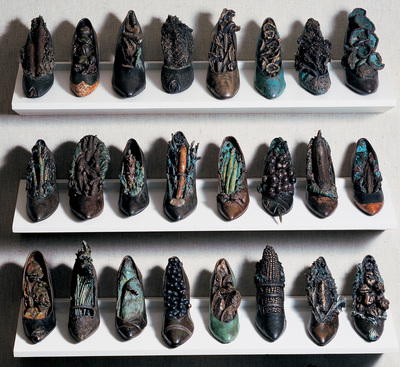
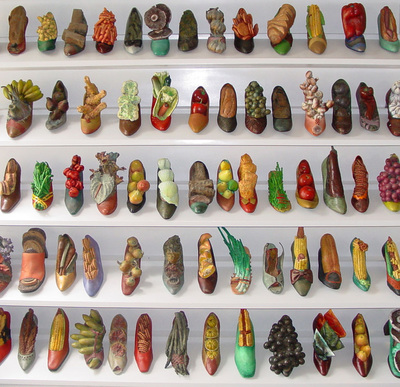

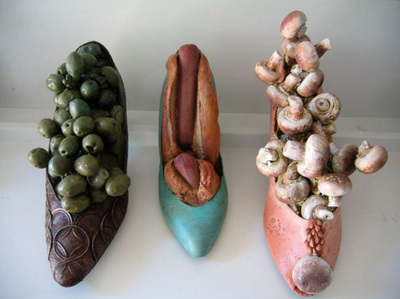
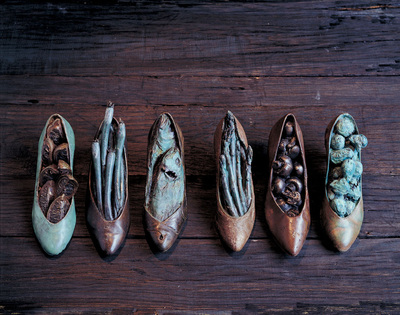
 RSS Feed
RSS Feed
